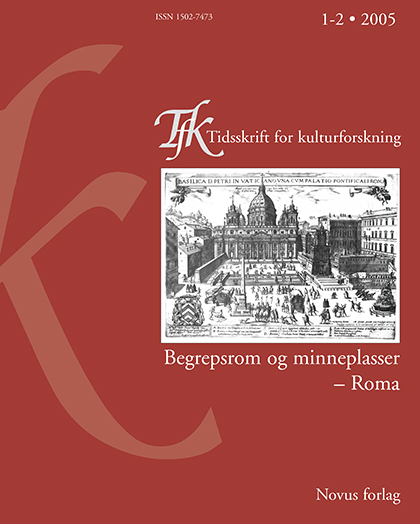Sammendrag
This article is a cultural historical interpretation of the elephant carrying an Egyptian obelisk on the Piazza della Minerva in Rome. The monument was designed by Bernini and dedicated to Divine Sapience by the Pope in 1667. Emphasis is given to the role of Athanasius Kircher, the Jesuit who was the leading "Egyptologist" of baroque Rome, in the construction and interpretation of the monument. The thesis is that the monument is construed as a hieroglyph. This leads to the interpretative decision of reading the monument in the context of Kircher's theory of hieroglyphics and Egyptian wisdom. Furthermore, it is shown that the monument, and the theory that grounds its iconography, is articulated with two more "traditional" schemas for translation and transference of the "culture" and "history" of the "other" in Roman and Roman Catholic thought, the interpretatio romana and the estudii translatio et imperii. While Kircher's theory sheds light on the iconography and message of the monument, the monument as a politico-religious message also illustrates the political use of Kircher's thought in the urban space of baroque Rome. The practice of translation and transference of the wisdom of Egypt on the Piazza della Minerva is examined with reference to Jan Assmann's theory of cultural semiotics and translation.
Forfattere beholder opphavsretten og gir tidsskriftet rett til første publisering av arbeidet. En Creative Commons-lisens (CC BY-SA 4.0) gir samtidig andre rett til å dele arbeidet med henvisning til arbeidets forfatter og at det først ble publisert i dette tidsskriftet.

